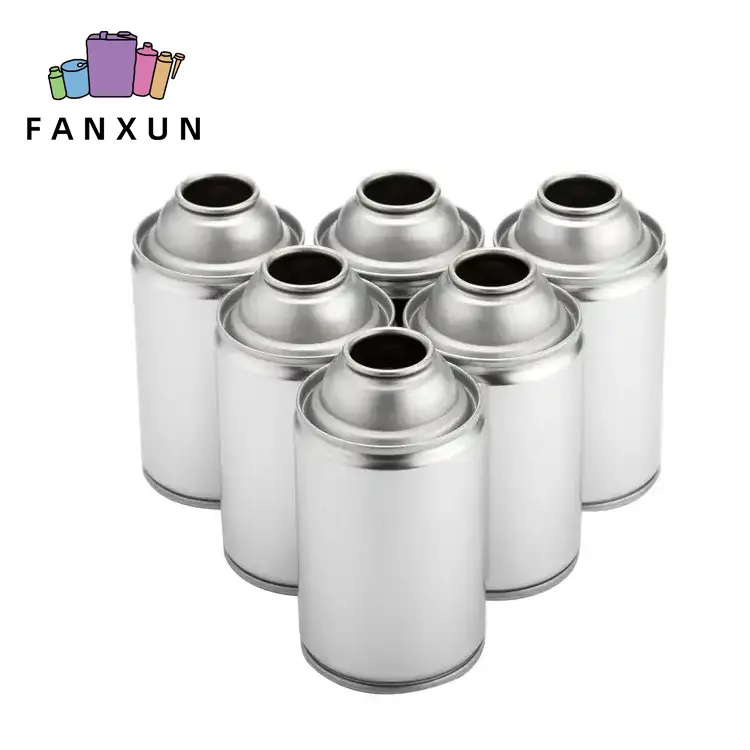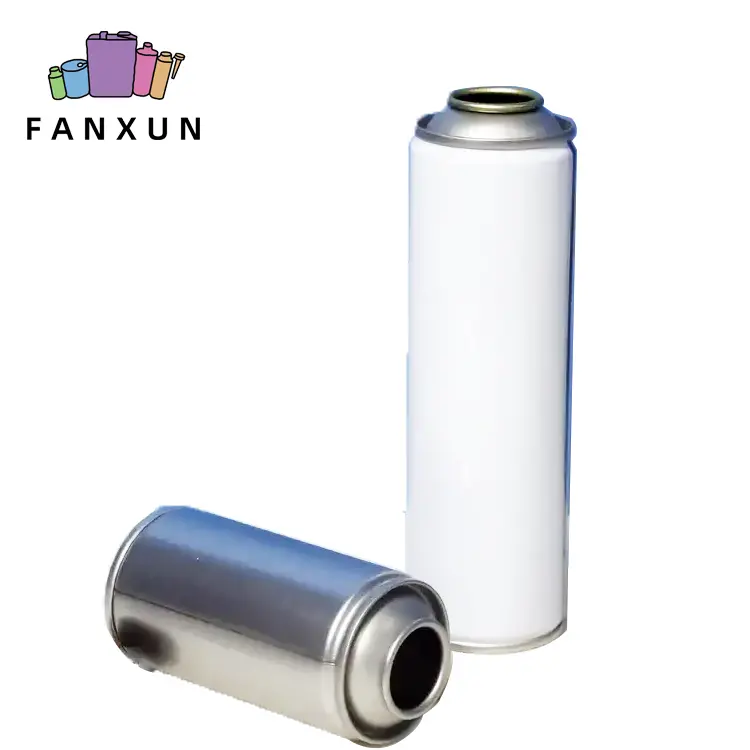Spray painting is relatively common in our daily lives, such as house decoration, car spray painting, touch-up paint, street graffiti art, etc. However, to complete a perfect spray painting art, you need a perfect aerosol partner—— Spray Cans, The success of spray painting often depends on the quality of the spray paint can you choose. Among the many choices, how to choose the best quality spray paint can has become a key issue. Next, we will make an in-depth comparison of aerosols made from different materials such as tin, plastic and aluminum in terms of sealing, anti-corrosion and spray uniformity. Cans, providing guidance on choosing the best spray paint cans for your project.
Sealing: ensuring the quality of spray paint is not affected
Tightness is a key factor affecting paint storage and spray quality. Tin cans and aluminum cans usually use a welding process to ensure the can is seamlessly sealed and improve sealing. The plastic tank uses high-precision injection molding technology to achieve good sealing. When selecting, the tank manufacturing process should be considered based on the specific coating characteristics and project needs to ensure that the coating quality is not contaminated.
Anti-corrosion: Extends the life of spray paint cans
The anti-corrosion properties of spray paint cans directly affect their service life. Tin and aluminum cans have good corrosion resistance and are suitable for various types of coatings. For plastic tanks, choose professional anti-corrosion coating or lining materials to improve their resistance to chemical corrosion. In an environment with high humidity or highly corrosive paint, it is very important to choose a tank material with strong corrosion resistance.
Even spraying: ensuring the final effect of the project
The design of a spray paint can has a direct impact on spray uniformity. Aluminum and tin cans are generally more stable and help ensure an even application of paint, especially when working on large areas. Plastic tanks are relatively lightweight, more flexible in operation, and suitable for some special construction environments. When selecting, it is necessary to balance the stability and operability of the tank material according to the project needs to ensure the perfect presentation of the final effect.
Tank material comparison: tin vs. plastic vs. aluminum
- Tin cans: have good sealing and corrosion resistance, and are suitable for a variety of coatings, but are relatively heavy.
- Plastic Tanks: Lightweight and flexible, customizable colors, optional anti-corrosion coating or lining.
- Aluminum cans: High strength, good corrosion resistance, suitable for various coatings, relatively expensive.


Different types of spray paint cans
The world of spray paint cans is not static but diverse, with each category offering a variety of recipes tailored to specific needs. Next, I will explain some common conditions to you.
- Standard Finishes: These jars are available in a range of finishes, including matte, glossy and satin, allowing artists and DIY enthusiasts to choose the perfect sheen for their projects.
- Special formulas: Some jars are designed for specific applications, such as high-temperature resistant for automotive projects or graffiti-friendly formulas for urban art.
- Textured Finishes: For those looking for a tactile experience, textured spray paint cans can create a surface with depth that adds a unique touch to furniture or art.
- Multi-Surface Formula: Multi-surface spray paint cans are designed to seamlessly adhere to multiple materials, eliminating the need for a different can for each substrate, simplifying projects.
- Environmentally friendly choice: With people’s increasing emphasis on sustainability, environmentally friendly spray paint cans with lower VOC content and less environmental impact are becoming more and more popular.
Valve and nozzle materials: ensure precise control of spray paint
The valve and nozzle materials of the spray paint can are also important factors affecting the success of the project. Stainless steel, aluminum alloys or corrosion-resistant plastics are often used to make valves and nozzles to ensure their stability and corrosion resistance, allowing for precise paint control.
Lining materials: make smart choices based on coating properties
The choice of lining material is closely related to the properties of the coating. For example, for some coatings that are sensitive to chemical properties, corrosion-resistant lining materials can be selected, such as coated epoxy resin. Proper selection of lining materials helps protect the quality of the tank and paint.
Conclusion: Key choices to ensure project success
When choosing a spray paint can, sealing, corrosion resistance and uniform spraying are the primary factors to consider. The selection of tank material (tin, plastic, aluminum), valve and nozzle materials, and lining materials needs to be comprehensively considered based on project requirements, coating properties, construction environment and other factors. Choosing the best spray paint can for your project through accurate comparison will be a critical step in ensuring project success.
